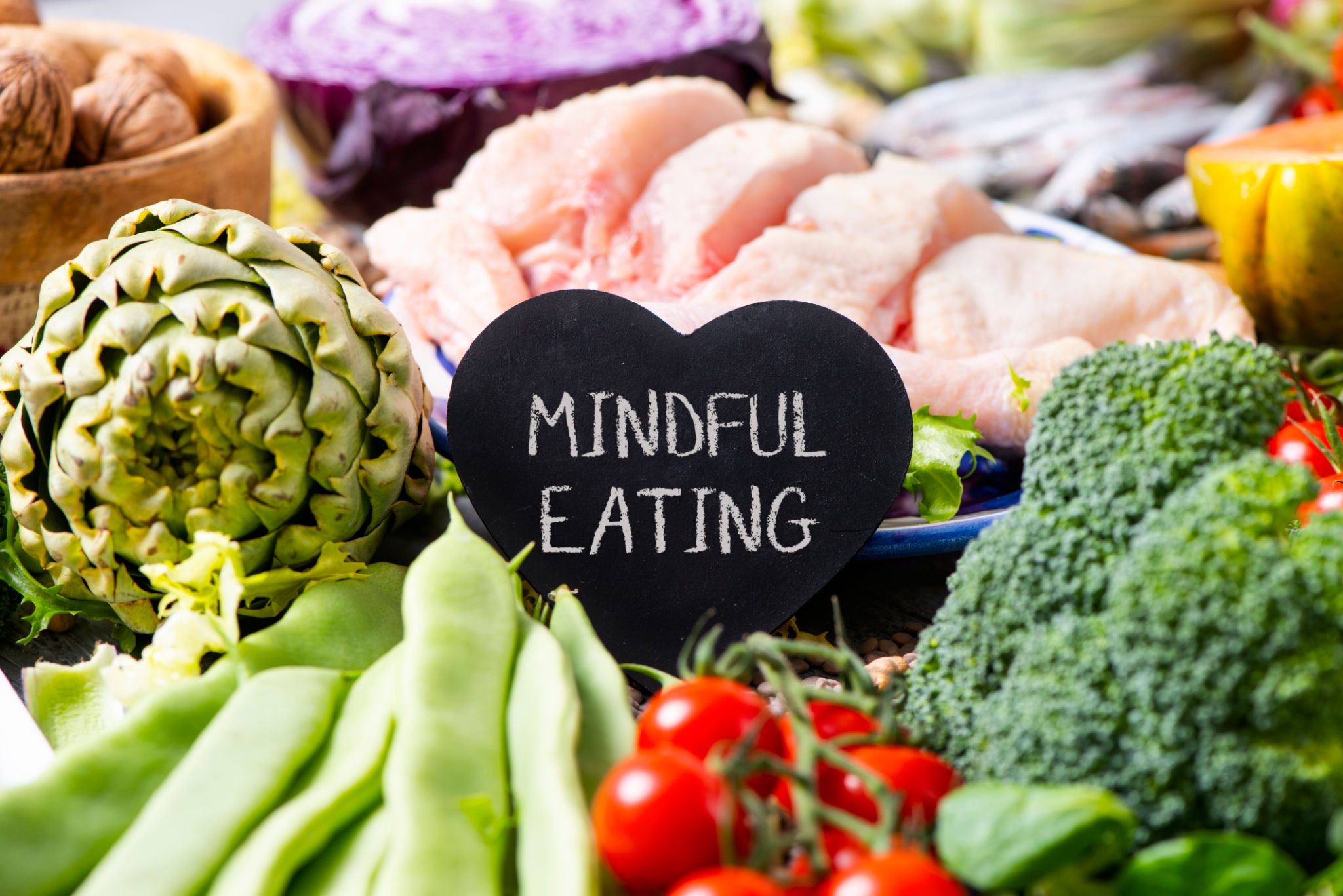How to Practice Mindfulness at Home: A Step-by-Step Guide
Understanding Mindfulness
Mindfulness is the practice of being fully present and engaged in the moment, aware of your thoughts and feelings without distraction or judgment. It can significantly improve mental clarity, reduce stress, and enhance overall well-being. Practicing mindfulness at home offers a convenient way to incorporate this beneficial habit into your daily routine.

Creating a Peaceful Environment
To practice mindfulness at home, start by creating a peaceful environment. This doesn’t require a complete home makeover, but rather a dedicated space where you can sit comfortably and quietly. Consider using cushions, soft lighting, or calming scents like lavender to enhance the atmosphere. A clutter-free space helps maintain focus and promotes a sense of tranquility.
Choosing the Right Time
Timing is crucial when practicing mindfulness. Choose a time when you are least likely to be disturbed. Early morning or late evening can be ideal as these times are generally quieter. Consistency is key, so try to stick to a regular schedule that fits into your lifestyle.
Basic Mindfulness Techniques
Start with simple mindfulness exercises such as deep breathing, body scanning, or guided meditation. Deep breathing involves inhaling deeply through the nose, holding for a few seconds, and exhaling slowly through the mouth. This technique helps center the mind and reduce anxiety.

Body Scanning
Body scanning involves focusing on different parts of your body from head to toe, noticing any sensations or tension. This practice encourages relaxation and helps you become more attuned to your physical state. Guided meditations, available through various apps and online platforms, can also lead you through mindfulness exercises effectively.
Incorporating Mindfulness into Daily Activities
Mindfulness isn’t limited to sitting quietly; it can be integrated into daily activities. Try being fully present during routine tasks such as washing dishes, eating, or walking. Focus on the sensations, sights, and sounds involved in these activities, which can transform mundane tasks into moments of mindfulness.

Mindful Eating
Mindful eating involves paying full attention to the experience of eating and drinking, both inside and outside the body. Notice the colors, smells, textures, and flavors of your food. This practice not only enhances enjoyment but also promotes healthier eating habits.
Overcoming Challenges
Practicing mindfulness can be challenging at first. It’s normal for your mind to wander or for distractions to arise. When this happens, gently bring your focus back to your breath or the task at hand without self-judgment. Remember, mindfulness is a skill that improves with practice.
Be patient with yourself and recognize that each moment of awareness is a step forward in your mindfulness journey. With time and dedication, practicing mindfulness at home can lead to profound improvements in your mental and emotional health.